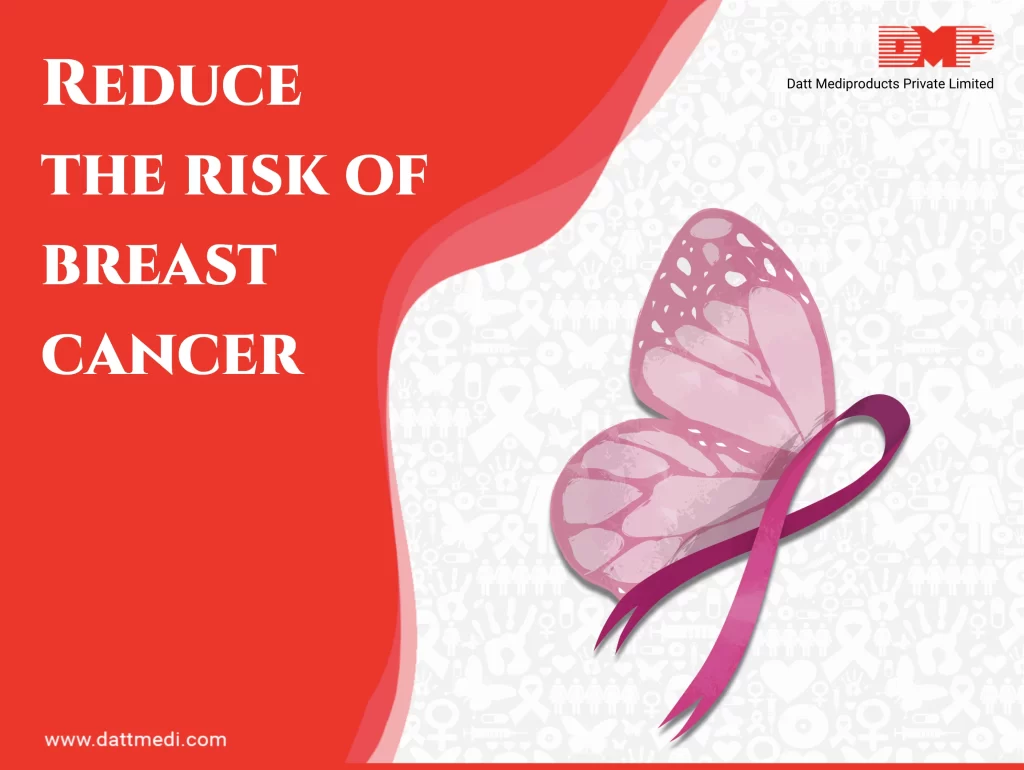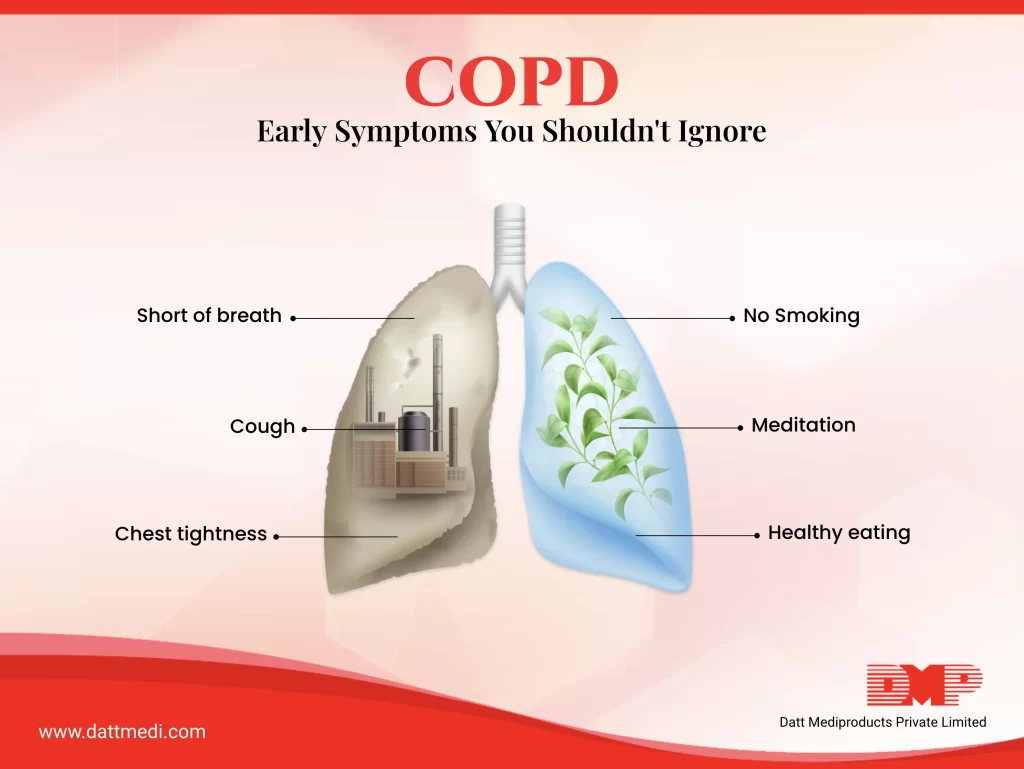
Breast cancer is the tumorous growth of breast cells. It usually starts in the inner lining of milk ducts (Ductal Carcinoma) or in the lobules that supply them with milk (Lobular Carcinoma). The cells grow abnormally and divide at a much higher rate than the normal healthy cells. Such cells accumulate and form a lump or mass. They may also spread to the lymph nodes and other parts of the body.
QUICK POINTERS:
- Breast cancer is a malignant tumour.
- It is the most common invasive cancer in women.
- It can occur in both the genders, with women at a greater risk than men.
- Symptoms may include lumps, dark pigmentation, peeling or flaking skin, unusual discharge from the nipples, noticeable flattening or indentation of the breast or any other unusual change in the appearance, size, or shape of the breast tissue.
- Most breast lumps are not cancerous.
- Treatment modalities include surgery, radiation & hormone therapies.
PREVENTING TECHNIQUES:
- Screening:
Regular screening the breasts with breast cancer exams and tests such as mammograms can help in early detection. Discuss with your doctor when to start such screening tests. Your doctor may also tell you about tests that are right for you along with their associated benefits and risks. - Self-exam for awareness:
An occasional self-exam of the breast tissues is important. Any unusual changes, lumps or other signs can be discussed with the doctor promptly and may help prevent the disease. - Limit Alcohol Consumption:
Drink alcohol in moderation, if at all you can’t avoid it. Limit it to not more than one drink a day. - Increase Physical Activity:
Exercising for most days of the week at least for 30 minutes may be helpful.
Choosing a healthy diet and maintaining a healthy lifestyle may also help reduce the risk of breast cancer.
Women with a high risk of breast cancer, assessed either by their doctor because of family history or other factors like precancerous breast condition, may choose to take preventive medications, on doctor’s recommendation only. These medications may include estrogen-blocking medications like selective estrogen receptor modulators and aromatase inhibitors.
Following are the various tests to diagnose breast cancer:
- ULTRASOUND:
An ultrasound is used to evaluate any lumps in the breast tissue and demonstrate whether the mass is filled with fluid or solid. Cancerous growth is usually solid and cysts are benign. Hence, ultrasound is an important method to diagnose breast cancer. - MAMMOGRAPHY:
An X-ray of the breast tissue which helps to define the nature of the lumps but it’s not enough to evaluate the lump. - MRI:
MRI is not a routine screening procedure but may help provide additional information and may clarify the findings of an ultrasound. - BIOPSY:
A small piece of breast tissue is taken to be examined under the microscope and tested by a pathologist to confirm if cancer is present or not. The biopsy is the only way to detect cancer with certainty.
Check out our previous blog on Mammography to know more about detecting breast cancer at early stages.
There have been various advancements in the diagnosis and treatment of breast cancer. The survival rates have increased as a result of earlier detection, personalized treatment approaches, and a better understanding of the disease.
We @DattMediproducts understand the importance of early detection and treatment. Hence, we recommend consulting a doctor if you find any lump or noticeable changes in the breast tissues, even if your recent mammogram was normal.



